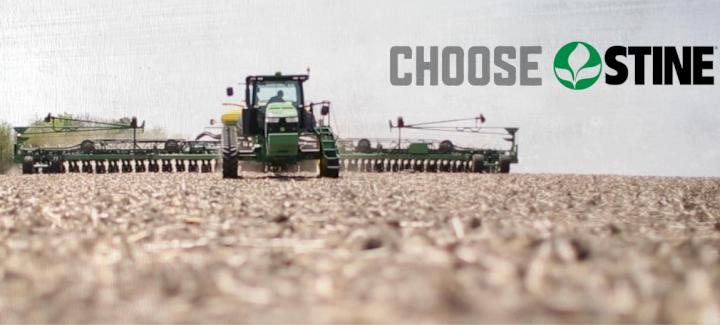Stine Seed Blog
Stine’s Ask the Agronomist blog is your source to the latest information from our expert team, including advice and insight on field practices, product recommendations, planting and harvest updates, new technologies, crop management, innovative research and information about how to keep your farm operation running smoothly year round.
-

Why Choose Stine
July 2016 in General
-

Considering Fungicides?
July 2016 in Agronomy
-

City and Farmers Find Middle Ground with Middle Cedar Partnership Project
June 2016 in Agronomy
-

The Future of Higher Yields: Stine's HP Corn
June 2016 in Agronomy
-

Now’s the Time — Get Out and Scout
June 2016 in Agronomy
-

Stine XP Soybean Seed Treatments
May 2016 in Agronomy
-

Plant 16 Progress Report (Part 3)
May 2016 in Agronomy
-

Plant 16 Progress Report (Part 2)
May 2016 in Agronomy
-

Plant 16 Progress Report (Part 1)
May 2016 in Agronomy
-

Stine R9733EVT3PRO
April 2016 in Agronomy
-

Farmers: Stewards of the Land
April 2016 in General
-

Growing HP Corn
April 2016 in Agronomy


